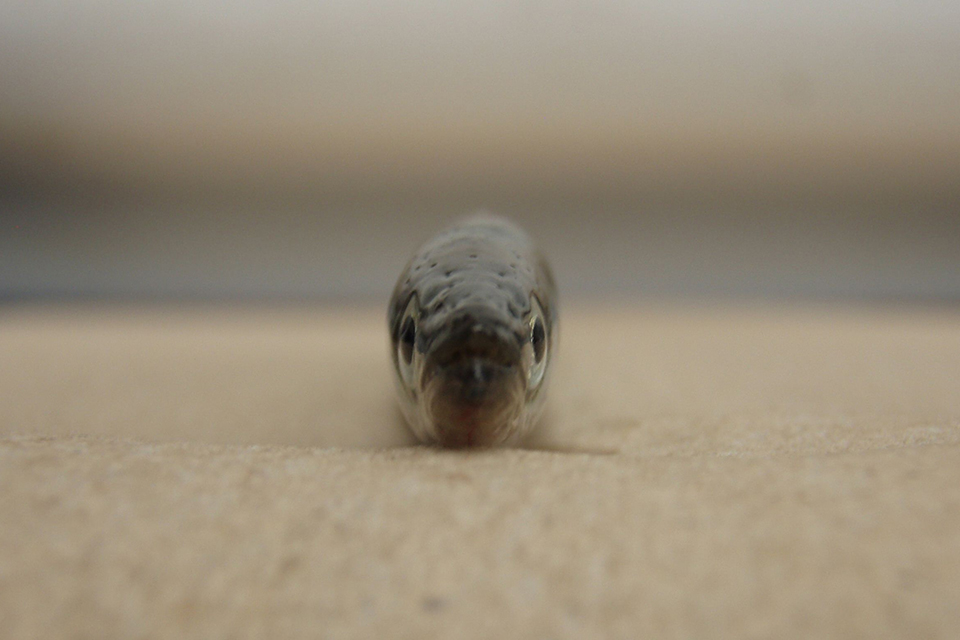Do fish sleep?
That is, sleeping means closing your eyes and resting. The first thing we notice is that, except for sharks, most fish don't have eyelids. Also, while some ocean fish never stop moving, many fishes live nearly motionless lives and do so on a regular diurnal/nocturnal cycle, some active by day ... Sleep is described as a period of rest in which the eyes are closed and there is little thought or movement. That is, sleeping means closing your eyes and resting. The first thing we notice is that, except for sharks, most fish don't have eyelids. Also, while some ocean fish never stop moving, many fishes live nearly motionless lives and do so on a regular diurnal/nocturnal cycle, some active by day others by night.Research shows that fish may reduce their activity and metabolism while remaining alert to danger. Some fish float in place, some wedge themselves into a secure spot in the mud or coral, and some even locate a suitable nest. These periods of "suspended animation" may perform the same restorative functions as sleep does in people.The nature of fish "sleep" is an area of active research. While fish do not sleep in the same way that land mammals sleep, most fish do rest.






